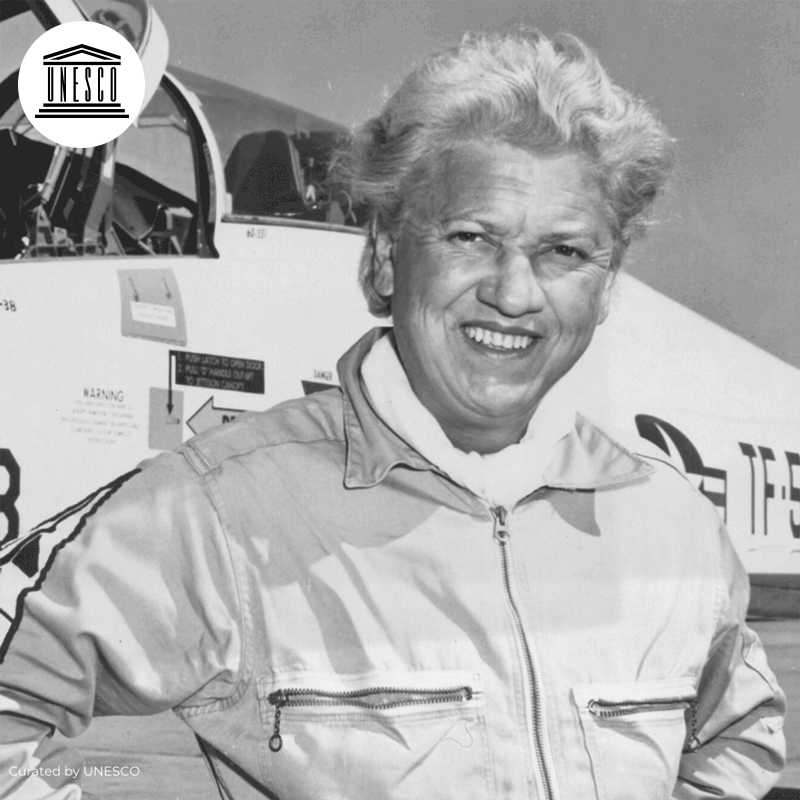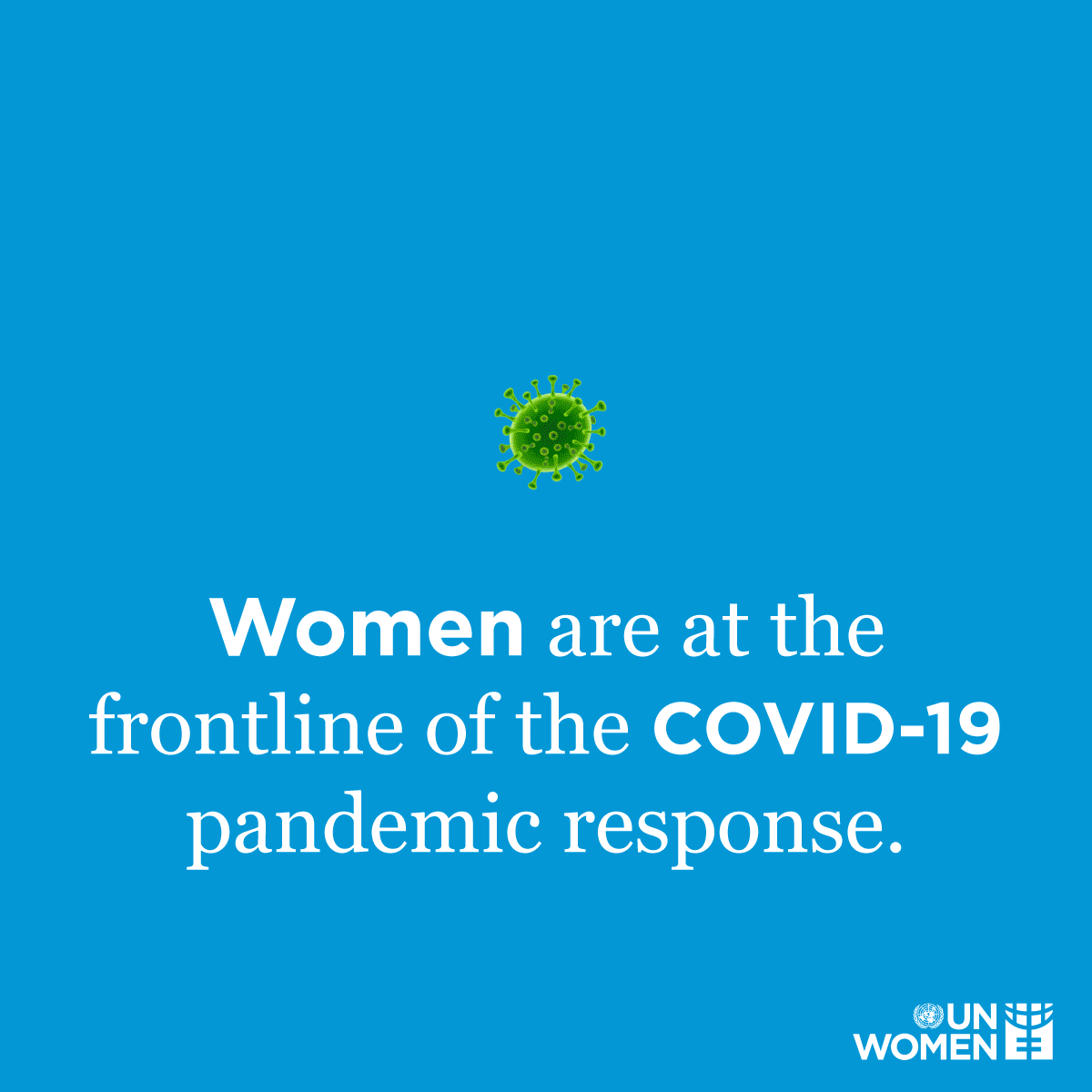Since 2015, the International Day of Women and Girls in Science (February 11) has been celebrated every year to promote full and equitable access to science and recognize the fundamental role women and girls play in science and technology.
Although women and girls comprise half of the world’s population, their lag behind men is evident. Problems such as violence against women, gender inequality, and the pay gap are some of the world’s most urgent human rights challenges. Long before the advent of COVID-19, another pandemic spread around the world: violence against women. In the world, 35% of women have experienced physical or sexual violence, in most cases, by their partners. “Whether at home, on the street, or in armed conflict, violence against women and girls is a violation of human rights of pandemic proportions that occurs in public and private spaces,” a United Nations report warns.
To eradicate this social pandemic, the United Nations General Assembly declared 1975 the International Year of Women and organized the first World Conference on Women in Mexico City. The UN took other steps towards seeking equality through UN Women’s creation in 2010, an organization focused on promoting gender equality in the world. The establishment in 2015 of the International Day of Women and Girls in Science, celebrated on February 11 to promote full and equitable access to science and women and girls’ participation. The United Nations General Assembly established this annual international event to recognize the fundamental roles women and girls play in science and technology.
Source: UN Women.
Why create a special day to promote and recognize women and girls’ roles in science and technology? For many years, gender biases and stereotypes have alienated girls and women from science. Currently, only 33% of researchers in the world are women. According to UNESCO’s 2019 data, the region with the highest number of female scientists was Central Asia (48.2%), followed by Latin America and the Caribbean, with 45.1 % being women who work in science. The UNESCO report notes that in 2019, Venezuela was the Latin American country with the highest percentage of scientists (61.4%). Globally, the enrollment of female students in information and communications technology (ICT) is only 3%; in the natural sciences, mathematics, and statistics, 5%; and in engineering, manufacturing, and construction, just 8% of students. It is evident that even in the 21st century, the gender gap in all fields remains a pending task to address, particularly women’s participation in the generation of scientific knowledge.
Beyond the hard data, it is relevant to spotlight the qualitative factors that deter women from pursuing careers in science, technology, engineering, and mathematics (STEM). Factors such as gender-based violence, child marriage, trafficking in women, female genital mutilation, and the pay gap directly impact girls and women’s training and professional trajectory. In the workplace, particularly in STEM fields, numerous studies have found that women publish less, are paid less, and do not advance in their careers at the same rate as their male colleagues.
February 11: International Day of Women and Girls in Science
Since its establishment in 2015, the International Day of Women and Girls in Science aims to “create awareness of women’s excellence in science and to remind the international community that science and gender equality must advance hand in hand to address the principal global challenges and achieve all the objectives of the 2030 Agenda.”
This year, the international event’s theme is “Scientific women at the forefront of the fight against COVID-19.” The COVID-19 pandemic has shone a light on the inequality of opportunity for millions of girls and women worldwide. For one thing, schools’ global closure due to the coronavirus will render grave repercussions for young girls’ education. The consequences of these closures go beyond academic delay and ascending educational inequality. A report published in The Lancet notes that by the end of 2020, half a million more girls worldwide could be forced into marriage and one million more girls pregnant as an indirect result of the COVID-19 confinement.
Furthermore, nearly 11 million jobs occupied by women in the workplace disappeared from February to May 2020. Women, being mothers or caretakers, were the most affected. Mothers in the pandemic have reduced their working hours four to five times more than fathers to take charge of home care, the children, and online teaching. During the pandemic, women have been forced to leave the workforce in record numbers, this bringing the arrival of the first Great Female Recession.
Source: UN Women.
Several studies have shown that the COVID-19 pandemic has had a significant negative impact on female scientists, significantly affecting those in the early stages of their careers. Indeed, the pandemic has exacerbated the gender gap already existing in science. Several analyses suggest that women publish fewer manuscripts and initiate fewer research projects than their male colleagues during the pandemic. The most significant impact has been on women who have children. Alessandra Minello, statistician and social demographer at the University of Florence, Italy, published an article highlighting how the pandemic will elevate the “maternal wall” that blocks women’s advancement in academia. These gender disparities are not resolved by celebrating the work of women in a single day. Systemic change is required through new policies, initiatives, and support mechanisms to aid women and girls in science.
Beyond the problems that have worsened due to the pandemic, this global health crisis has demonstrated women’s fundamental role in the fight against COVID-19. Scientists, doctors, nurses, and health workers on the front line play a critical role in advancing knowledge about the coronavirus to developing testing techniques and vaccines.
This year, the celebration of the International Day of Women and Girls in Science will be held on February 11, 2021, through an online event that will have simultaneous interpretations of English and French presentations. For more information, visit: https://www.un.org/es/observances/women-and-girls-in-science-day
Translation by Daniel Wetta.
This article from Observatory of the Institute for the Future of Education may be shared under the terms of the license CC BY-NC-SA 4.0 
)
)




)